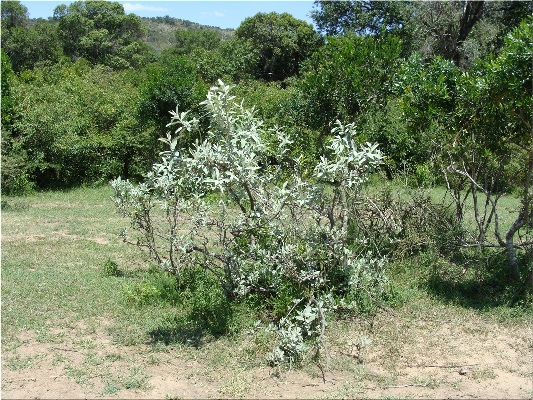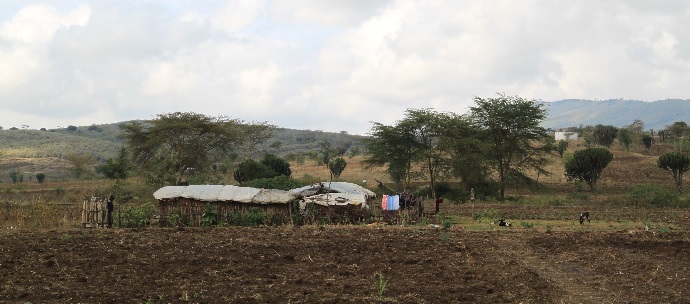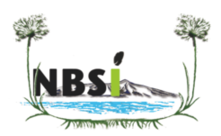Savannah
Drylands occupy nearly 90% of the country's surface. In Lake Naivasha, dryland formations, referred to as Savannah, develop around the lake beyond the riparian fringe and extend across the drier western portion of the lake basin.Typical vegetation includes acacias (genus Vachellia), Croton and Tarchonanthus bushland.

Savannahs are the kingdom of large wild herbivores as well as of domesticated Maasai cattle. Due to the impact of grazing, many species are spiny, poisonous or somehow else grazing-resistant. Examples are: Euphorbia forest, Commiphora and dry bush dominated by taxa such as Sodom's apple (Solanum incanum) whose fruit juice is known to be poisonous but extensively used by local Maasai as an antibacterial disinfectant when used raw, as well as a nutritious soup after boiling.
In the basin, the savannah landscape is the exclusive dominion of the Maasai who have carried out traditional pastoralism in this ecosystem for several hundred years. In recent times, however, savannahs are becoming increasingly settled by scattered farmlands that struggle to earn a living hoping in exceptional rains.

The wild fauna living in the savannah comprises several ungulates, such as zebra, giraffe, warthog, Thompson's and Grant's gazelles, dik-dik, kudu, zebra and wildebeest. Several of these are subject to poaching and it is not uncommon to discover that bushmeat is sold on the market supplying the local poor. Large predators are very rare in Naivasha, apart from hyenas; Leopard is sometimes spotted.

A busy wildlife corridor connects the outer savannah bushlands of Hell's Gate National Park to the lake; a preferential route for the daily and seasonal migration of wildlife in search for water and fresh pastures under the yellow fever trees that border the lake's riparian fringe.



